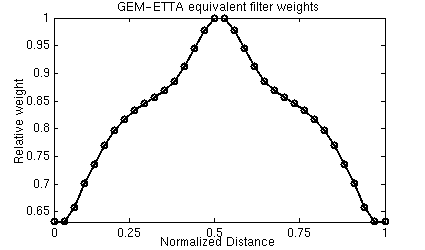Appendix A: Cruises included in the Cape Basin hydrographic database
- Benguela Current Experiment, Seward Johnson Cruise 9705, 1997
- Warm Event Cruise, Africana Cruise V138, 1996
- World Ocean Circulation Experiment (WOCE) A-09, A-10, A-11,
A-12, A-13, A-14, A-21
- Benguela Sources and Transport (BEST) 3, Maurice Ewing,1993
- Benguela Sources and Transport (BEST) 2, Discovery, 1993
- Benguela Sources and Transport (BEST) 1, Africana,1992
- Agulhas Bank Boundary Processes (ABBP), Africana Cruise V099, 1992
- Winter Ring Cruise, Africana, 1990
- Vema Seamount Cruise, Benguela, 1989
- Walvis Ridge Cruise, Africana, 1989
- South Atlantic Ventilation Experiment (SAVE) 6, Melville, 1989
- South Atlantic Ventilation Experiment (SAVE) 5, Melville, 1989
- South Atlantic Ventilation Experiment (SAVE) 4, Melville, 1988
- South Atlantic Ventilation Experiment (SAVE) 3, Knorr, 1988
- South Atlantic Ventilation Experiment (SAVE) 2, Knorr, 1987
- South Atlantic Ventilation Experiment (SAVE) 1, Knorr, 1987
- Subtropical Convergence and Agulhas Retroflection Cruise(SCARC) SA Agulhas, 1987
- Benguela Cruise, Discovery Cruise 165-B, 1987
- Ajax Leg 1, Knorr Cruise 183, 1983
- Oceanus 32S, Oceanus Cruise 133, 1983 (?)
- Agulhas Retroflection Cruise (ARC), Knorr cruise 1045, 1983
Appendix B: GEM-ETTA gridding algorithm
A combination of two-dimensional nearest neigbor (median filter)
and linear regression is used to create the GEM-ETTA estimate of
T or S on each pressure surface.
The nearest neighbor algorithm has the benefit of being robust
in the face of large areas with no data (see Figs. 3b and 3c).
Nearest neighbor gridding is applied first to the whole domain,
and then repeated on successively smaller regions. Results of
successive iterations are averaged, effectively smoothing the
transitions across the data gap areas. Temperature and salinity
are treated independently.
 Figure B-1. The equivalent filter weight and shape for the iterative
procedure detailed above; the normalized distance spans the entire
domain of Fig. 3c.
Figure B-1. The equivalent filter weight and shape for the iterative
procedure detailed above; the normalized distance spans the entire
domain of Fig. 3c.




